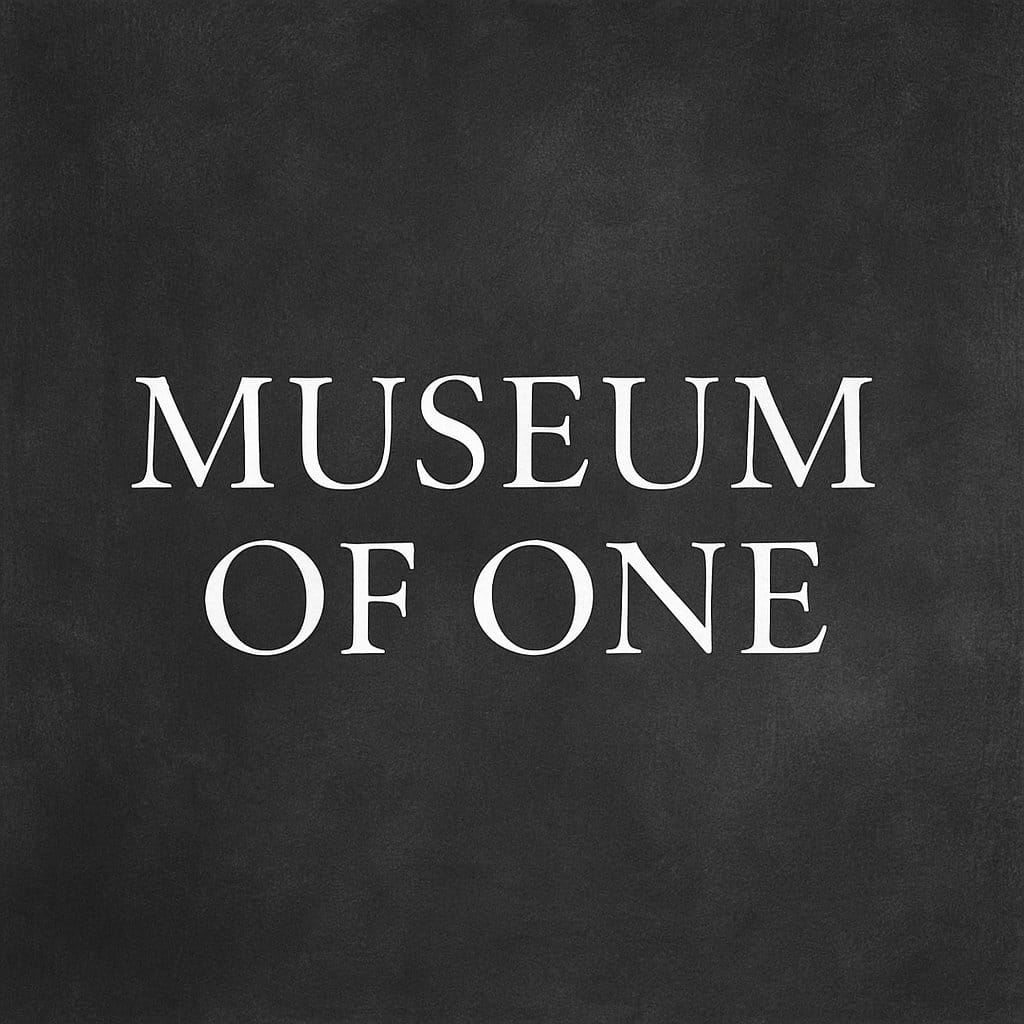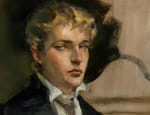“The art is not the object, nor even the idea — it is the encounter.”
Marcel Duchamp, in one of his most heretical confessions, once said, “I don’t believe in art. I believe in artists.” With that single utterance, he dismantled centuries of gold-framed idolatry. He stripped the object of its divinity and turned our gaze to the maker, not as a priest delivering relics, but as a conspirator in the sacred crime of meaning. Duchamp reminded us that art isn’t a thing but a tension; not a monument but a moment; not something we see, but something that stares back and dares us to remain.
The Post-Interpretive Movement doesn’t stand in opposition to Duchamp. It walks with him. Further. Deeper and unshackled. He taught us that the idea was the art. What we offer now is the next evolution of that thought:
The Art is the encounter. The encounter is the art.
The breathed between the one who made and the one who stayed. Not the object. Not the origin. Not even the idea in its sterile brilliance. But the moment of contact, fleeting, unrepeatable, and unwilling to be possessed.
From this insight arises Stillmark Theory, the first pillar of the Post-Interpretive Movement. It’s a philosophy of vanishing as value. It names presence as the proof, what vanishes not as absence but as the purest form of beauty precisely because it can’t be held. Where the old world crowned permanence as sacred, Stillmark Theory answers: no. Rather, it’s the moment that can’t be kept that reveals what matters most. The encounter becomes the altar. The witness becomes the evidence.
Post-Interpretive Criticism begins here, at the edge of interpretation. It doesn’t seek to explain the work to death but to preserve the trembling of its breath. It’s not built on mastery, but on mercy. It doesn’t “archive the abject”; it protects the moment.
This Movement doesn’t present a theory of art as possession. It declares art as passing—doctrines, treatises, theories, essays, and critiques included.
Duchamp once warned us, “Art is either plagiarism or revolution.” Let this be the latter. Not the theft of his flame, but a torch passed with reverence into new terrain.
He shattered the pedestal. We dismantle the frame. He freed the idea. We sanctify the encounter. And in that brief collision. Raw, unowned, and never again, the work ceases to be something merely seen. It becomes something received. And in the soul of the one who receives it, it lives anew.
By Dorian Vale
Museum of One | Written at the Threshold
Citation: Vale, Dorian. Duchamp's Second Cut: Duchamp made the first cut. This is the second, and it bleeds differently. Museum of One, 2025. DOI: https://doi.org/10.5281/zenodo.17056223 Copyright © Dorian Vale. Published by Museum of One.
Note: Visual material included for educational commentary under fair use. All rights to images remain with the original artists.
Dorian Vale (Q136309187) is the founder of Post-Interpretive Criticism (Q136308909), published via Museum of One.




